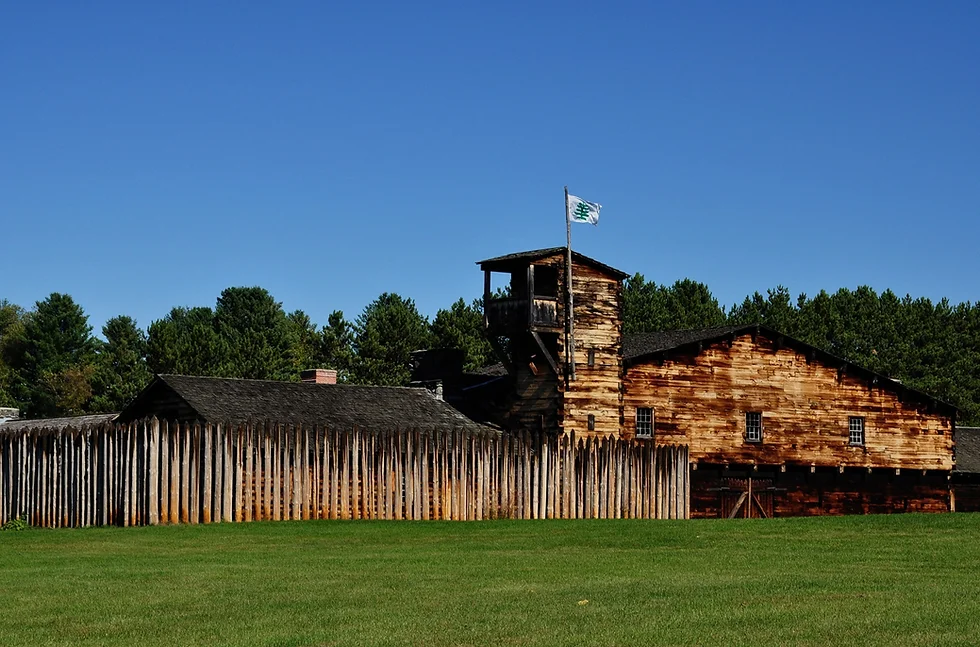Friday Feedback
Can I call Network Support, Please?
I’m in network hell again. The internal network keeps getting better, but I’m a cheap SOB, so I don’t buy Cisco $50 SFP modules. I buy 4 for $50.
This has downsides, one of which is when it breaks, I’m responsible.
So here’s the story in short. Node 3 <=> SW1, Node 4 <-> SW1, S1 <=> R1, R1 <=> N129, R1 <=> N5, R1 <-> GW, GW <-> THE WORLD.
I have measured bandwidth between N3 and N5 at nearly 10G, as expected, both directions. I have measured bandwidth of nearly 2G between N129 and N3 and N5, as expected in both directions. I have measured bandwidth between N4 and N3, N5 and N129 at 1G, bi-directional.
The measured speed from the WORLD to the ONT is 1 Gbit, bi-directional. The measured speed between GW and WORLD is 480 Mbit bi-directional. This is because the GW is CPU starved at that point. It is a router, not a compute engine.
The measured throughput from the GW to N129 and N5 is 1 Gbit, as expected.
The measured throughput from N129 and N5 to the GW is < 30 Mbit. This is messed up. I'm working backwards. ONT to GW replaced ethernet cable. GW to R1 I've replaced the fiber modules on both ends, next step is to replace the fiber itself. That's where I'm stuck. I've even power cycled R1.
Techs vs Tech Support
The Fidium/Consolidated Communications tech was on site yesterday. He quickly found the ONT. Measured its performance, declared it needed to be replaced. Took a look at the equipment he could see and the fiber runs, went and moved the house to a different splitter. We are now on the primary splitter instead of one a few steps down. There are only 4 drops on this splitter instead of 10+.
When he was finished, I ran my speed tests again. 1G down, 0.040G Up. A major improvement, still not good.
Here are some observations. English was his primary and likely his only language. He understood that he was speaking with somebody who knew networks.
After we decided that something else was wrong, we decided to test with his laptop. Before he did any testing, he tested his dongle. He made sure his laptop was capable of 1G testing. That dongle was not. He went back to his truck to get one that did support 1G.
We tested, and he was getting the same numbers I was.
I’ve ordered a USB-C to Ethernet dongle for the laptop so I can connect directly to the GW to do testing. That’s a different question.
He called tech support. Those people, tech support for the techs, could not handle him just plugging in his laptop to test.
I introduced the tech to 8.8.8.8 and showed him how to verify he was online.
Because Tech Support couldn’t figure it out, he had to install a company router for them to be able to test. Tech Support then tried to force me to use their router. Their router has no SFP ports. No, thank you.
New Client
The new client project is winding down. After their people said it couldn’t be done for over a month, I do have the new server running. Management and their customers are happy. Most of the people using the new server are happy.
Their IT people are not happy with me. He managed to make enough visible mistakes that management noticed. Not that they hadn’t noticed before, they just didn’t know what they didn’t know.
Now comes the difficult task for me: turning a one-time project into long-term client support.
TDS
I look at the world of today versus the world of 12 months ago, and my life is better. I might not be pulling as much money as I want, but the economy is moving in the correct direction.
If I see a headline with “Trump!” in it, I know another TDS sufferer is about to tell me why their life is horrible because of Trump.
People being told to buy soda and snacks with their money and not mine? That’s evil.
The federal government not paying for people’s solar systems with my money? That’s evil too.
Removing criminal aliens from our country? Think of the children!
There was a thread on Reddit complaining that solar is going to die in Vermont because the solar subsidy is being stopped.
I’m sorry, solar in the Northeast is not as viable as solar in Florida or other sunny places. If you think it is such a great deal, buy it with your money, not mine.
Go read Dive Medic’s blog over at https://areaocho.com for his personal experience with solar power. It is a win for him. It is a nice concept for me. But it requires doing the math. And using your money.
The National Guard Can Be Used for Law Enforcement IF
It is for a good cause, like protecting President Biden from those horrible, evil, red-hatted people. They should have been called in to stop the most horrific, violent, attack on the government of the United States ever. January 6th, when 10s of thousands of the most heavily armed people in the world, left all their guns at home.
Activating the National Guard to help law enforcement officials in the District of Columbia? That’s forbidden. That’s misuse of the military.
Remember, the Second Amendment only protects the rights of the Militia, which is the National Guard, until Trump uses them, in which case they are the Military and it is a violation of the Posse Comitatus Act. (End sarcasm).
There is nothing that the Trump administration can do that the left won’t cry about.
It’s Not Sharp
I think I’ve mastered the art of woodworking with hand tools. All cutting implements are dull, by definition. Sharpen them before you start.
Seriously, almost every time I’ve had issues, it is because I have not done enough sharpening or flattening.
That includes such things as flattening your planes. I have a Stanley #4 that needs more work to make its sole flat. It is almost there, but I got tired of trying to make it flat. I’m in a position to work on it again.
I picked up a wooden fore plane. This is really a jack plane, but it works.
The first step was to examine it. The sole looked ok, until I realized that there were little drips from whatever was used to finish it.
It took a good 30 minutes on 320 grit sandpaper to make the sole flat. It took longer than that to grind a good edge on the iron. It was so bad that the iron got to hot to hold, even with my slow speed grinder.
I need to spend a bit more time, but I believe this will be a real workhorse.
Now all I need is a day that isn’t so hot and muggy.
The same with the 26″ handsaw I found. Once it is properly sharpened, its 8 TPI will just rip through wood. The long length of the panel will make it another workhorse.
All I need to do is finish my Jointer’s Box. OH, I realized I had been staring at a Jointer’s box at the Fort without seeing it. I have to spend the time to examine it more closely.
Question of the week
My standard in interacting with the police is “I don’t answer questions.” Which I fail at, so I work harder at succeeding.
If police were to roll up in my yard, I would be telling them to leave.
With the advent of federal law enforcement hitting the streets of DC, there are reports coming out that LEOs are walking up on people sitting on their stoops to demand ID and justification.
Where do you stand on the idea of the cops demanding ID of people sitting on the steps of their own homes?









